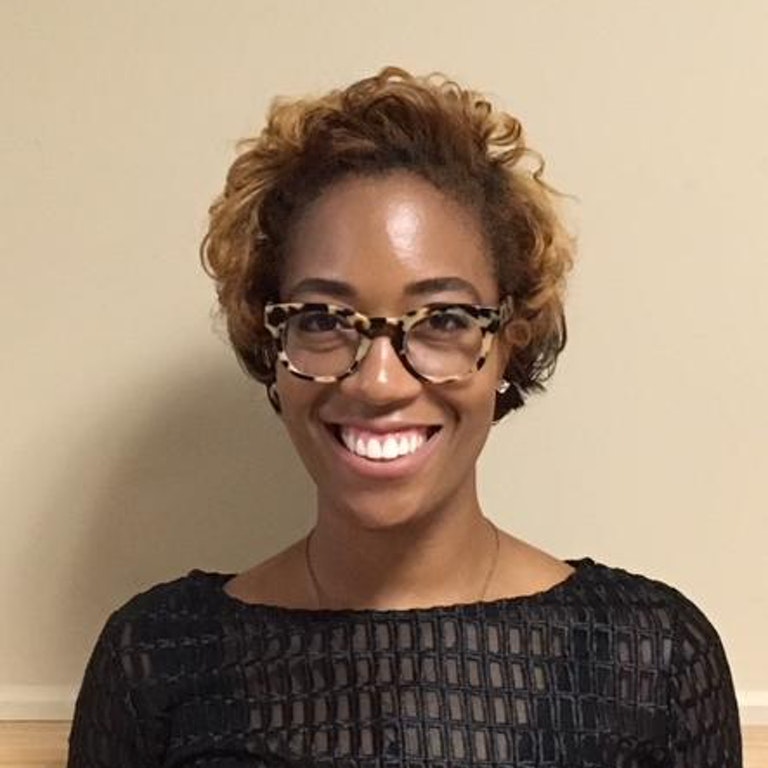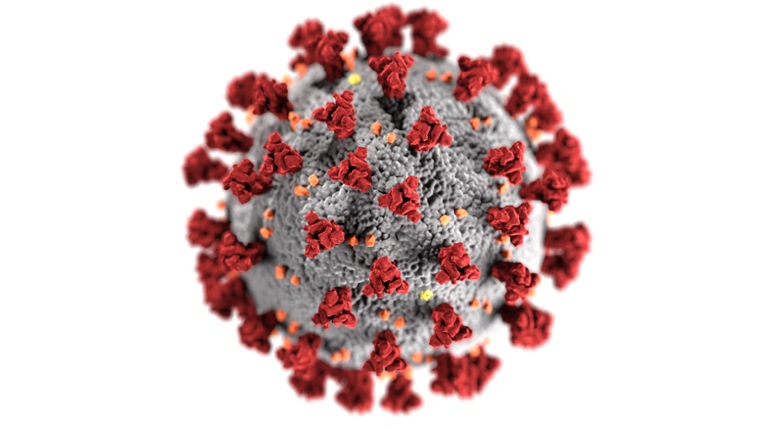 Tekeyah Sears, Ed.D., MPH, is the program director of the allied health/public health programs at Manhattan College.
Tekeyah Sears, Ed.D., MPH, is the program director of the allied health/public health programs at Manhattan College.
Sears designed the Public Health major that will start at Manhattan College this fall. She is currently teaching Introduction to Public Health, which focuses on topics such as epidemiology. The class will be discussing the current COVID-19 pandemic, and its effect on global health.
Q&A with Professor Tekeyah Sears
Q: How is social distancing helpful to contain the spread of COVID-19, or the coronavirus?
A: If you can social distance, please do it. It not only protects yourself, but protects others. Hospitals are overloaded with so many people. If you don’t have to go out, don’t go out. Don’t expose yourself or someone you love. Coloring, reading a book - these are things we can do in the midst of this. We’re all working together to be patient and understanding.
Q: How does COVID-19 affect different people?
A: The virus is different in different people’s bodies because our immune systems are different. Someone’s immune system might be compromised because of stress, or not getting adequate sleep. Even if someone has a preexisting condition, that might impact their immune system. People might not show symptoms because of the incubation period - from the time someone is infected, to the time someone is showing symptoms, that time period can vary based upon many reasons - age, health history. We need to be aware of symptoms and follow recommendations of the CDC - wash your hands, don’t touch your face.
Q: How does the coronavirus compare to other public health outbreaks during the 21st century, like H1N1 and SARS?
A: The virus isn’t new. When it comes to COVID-19, we do have testing centers. We aren’t as prepared as we could’ve been. Sometimes we don’t think things will happen or progress in time. People who are sick or are feeling symptoms, they need to get checked. You need to be an advocate for your health.
 Q: How can we better prepare for the next epidemic or pandemic?
Q: How can we better prepare for the next epidemic or pandemic?
A: The teaching lesson for this is that once we saw so many cases were happening in places like China or Italy, we as Americans, could have had more tests available and realized that we’re a mobile world - so many flights per day with people going to different countries. We were seeing the cases here and there, but I believe that once we saw so many different cases in China and overseas, we could’ve done better to have tests available, because there are so many people traveling. We’re exposed to so many different toxins on a daily basis. Because we’re a movable country and a movable world, I can be exposed to a different disease and bring it back to where I live. Once we saw the numbers rise in different countries, we should’ve taken quicker action in regards to having tests available.
Q: What’s next? How long could it be for things to return to normal?
A: We’ll probably see an increase in cases because of increased testing over the next couple of weeks and couple of months. I don’t know beyond that. Hospitals will continue to see an influx of patients, unfortunately. There will be an increase in the curve and then the curve will drop, similar to other diseases. The ideas of social distancing and shelter-in-place does prevent individual contact. We may have to do that for a little bit to help prevent more cases. Because if we’re constantly moving and engaging and interacting with one another, then what may happen is the virus will continue to spread. Our goal is to control the situation and prevent more cases. Therefore, there may be a need for stricter regulations.
Links to more information: